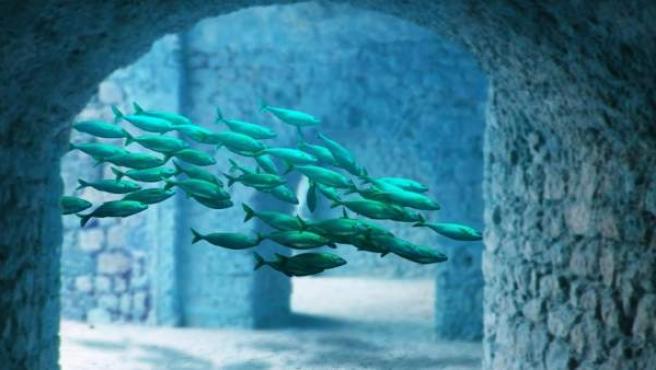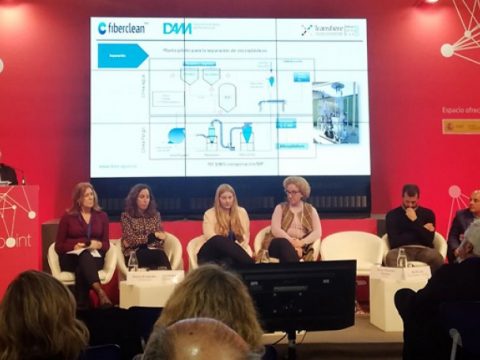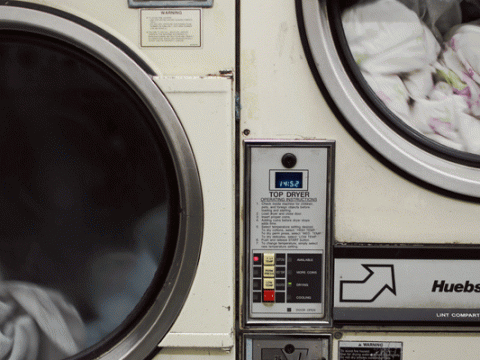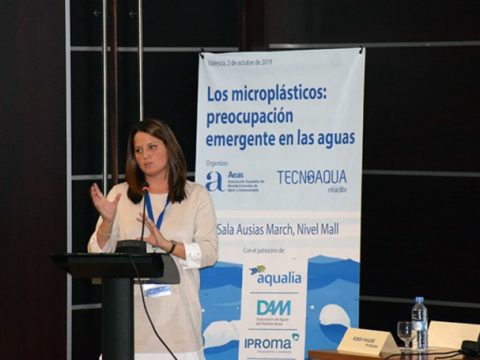
SPB participates in the Fiberclean project
4 January 2019- The company Depuración de Aguas del Mediterráneo (DAM) participates in the ‘Fiberclean’ project, which will develop new fabrics that prevent, through different washes, the plastic fibers of synthetic garments from ending up in the aquatic environment and can be revalued.
Another objective of this project is the research and development of new technologies to eliminate or reduce microfibers during washing, so that these technologies are compatible with current machinery, DAM reported in a statement.
In addition, new technologies for the elimination or recovery of these microplastics in treatment plants will be studied. It is estimated that the load of a synthetic garment wash can release around 1,900 fibers of less than one millimeter to the flow that reaches the wastewater treatment plants.
These wastes constitute 85% of the materials of human origin that are found on the coasts and cause damage to the marine environment and the animals that live in it. Microfibers are particles of all kinds of textiles that reach rivers and seas and from there pass into aquatic animals. Much of these microfibers come from synthetic garments that go through the purification process but are not filtered.
THEY END UP IN THE STOMACH OF FISHES
The biggest problem resides in these particles that measure less than one millimeter and that are detached from all kinds of textiles such as woven fabrics, knitwear or nonwovens and that end up in the sea or in the stomach of the fish.
‘Fiberclean’ aims to provide a global solution to this problem and reduce the emission of microfibers through the entire value chain of the manufacture and maintenance of fabrics and garments. DAM will be in charge of the research and development of new technologies compatible with conventional systems that allow the elimination or reduction of microfibers in purification and thus prevent their passage into the waters of rivers and seas.
In addition, it will also study the requirements and limitations of washing water purification and will investigate the characteristics and behavior of microfibers in purification processes. In addition, it will quantify the microfibers in the different stages of the treatment plants and will address new techniques for the retention and separation of microfibers in different processes and configurations of the treatment plants.
Its activity also involves the development and validation of new techniques for the recovery and degradation of wastewater microfibers through biofiltration and the capture and recovery of waste from microfibers for reuse and recycling.
PARTICIPANTS AND FINANCING
In addition to DAM, six other companies, three research organizations (LEITAT, AITEX and CETIM) and two universities (Universidad de León and Universidad de Córdoba) participate in this project. The company that coordinates this project is Textil Santanderina and the participating companies, together with DAM, are Angles Textil, Polysistec SL Suavizantes y Plastificantes Bituminosos, E.G.O. Appliance Controls, SLU and Magtel Operations SLU.
The project is funded by the Ministry of Economy, Industry and Competitiveness through the Center for Industrial Technological Development (CDTI) and will last until 2021.




